
Read or listen offline
Amazon Kindle
автоматическое преобразование текста в аудио
1×
Войдите, чтобы прослушать аудиоверсию краткого изложения.
автоматическое преобразование текста в аудио
Recommendation
The Federal Reserve’s pursuit of its dual mandate to maintain stable prices and robust employment rests on controlling inflation. Since 2012, the Fed has earmarked 2% as the inflation rate that best achieves price stability. But that level has proven elusive. In this astute analysis, economist David Wessel offers policy makers and financial professionals background on the choice of this rate and its supporting architecture. He explores the reasons why Fed officials are now considering revamping their inflation targeting approaches.
Summary
About the Author
David Wessel is a senior fellow at the Brookings Institution and the director of its Hutchins Center on Fiscal and Monetary Policy.
By the same author
Report








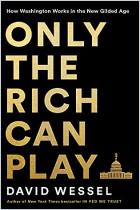
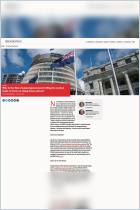

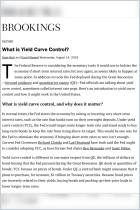
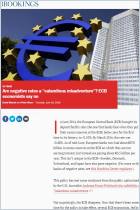

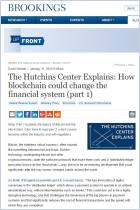
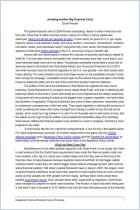
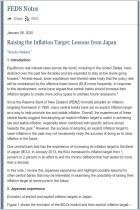
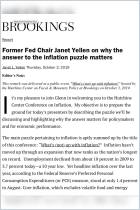
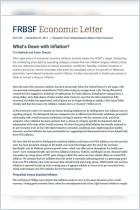
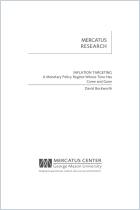
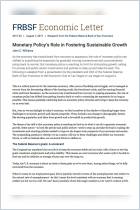
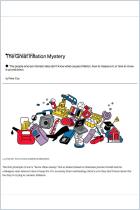



Comment on this summary or Начать обсуждение